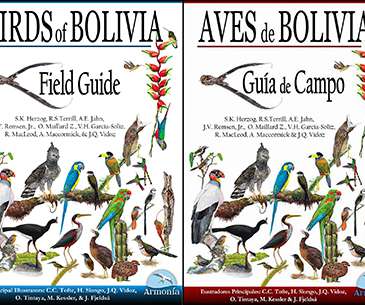Spoon-billed Sandpiper Baby Boom … in Great Britain?
10,000 Birds
JUNE 15, 2016
It’s a bang-up breeding year for super-endangered birds! First, wildlife officials in Louisiana announced the first successful wild Whooping Crane nest in that state since 1939. The species, which migrates from the Russian Arctic to Southeast Asia, is down to about 200 breeding pairs in the wild, due to habitat loss and poaching.












Let's personalize your content